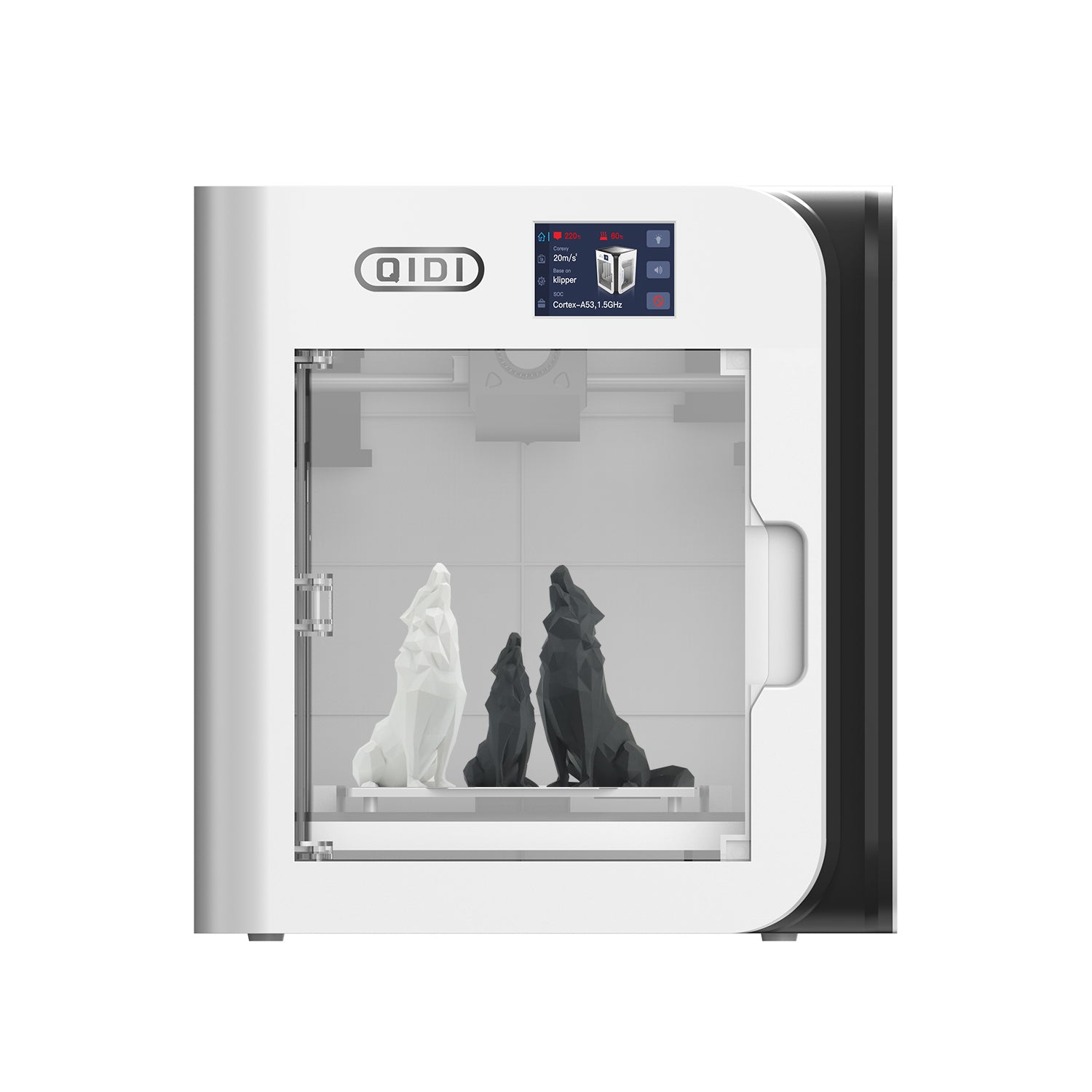The advent of economic personal fabrication systems has transformed the way individuals approach DIY projects. With the rise of 3D printing technology, anyone can now create customized items from the comfort of their own home. But what exactly does this mean for the global DIY community?

Understanding Economic Personal Fabrication Systems
At its core, an economic personal fabrication system refers to a setup that allows individuals to produce goods using accessible technology, primarily 3D printers. These systems democratize manufacturing, enabling users to design and create products tailored to their specific needs. This shift not only empowers hobbyists but also opens up new avenues for entrepreneurs.
The Impact of 3D Printing on DIY Culture
3D printing has significantly influenced the DIY culture by providing tools that were once only available to large manufacturers. Here are some key impacts:
- Accessibility: 3D printers have become more affordable, making them accessible to a broader audience.
- Customization: Users can create unique designs that cater to personal preferences.
- Community Collaboration: Online platforms allow users to share designs and collaborate on projects.
As a result, the economic personal fabrication system has fostered a sense of community among makers, encouraging innovation and creativity.
Challenges and Opportunities
While the benefits of economic personal fabrication systems are clear, challenges remain. For instance, the learning curve associated with 3D design software can be steep for beginners. However, numerous resources are available to help users navigate this landscape. If you are willing to invest time in learning, the rewards can be substantial.
Future Trends in Personal Fabrication
Looking ahead, several trends are likely to shape the future of economic personal fabrication systems:
- Integration with AI: Artificial intelligence will enhance design processes, making it easier for users to create complex models.
- Material Innovation: New materials will expand the possibilities of what can be created, from biodegradable plastics to metal composites.
- Increased Sustainability: As awareness of environmental issues grows, more users will seek sustainable practices in their fabrication processes.
These trends indicate a bright future for the economic personal fabrication system, as it continues to evolve and adapt to the needs of its users.
Getting Started with Your Own Fabrication System
If you are interested in diving into the world of personal fabrication, consider investing in a reliable 3D printer. One excellent option is the , which offers user-friendly features and versatility for various projects. By starting your journey today, you can become part of this exciting movement.
In conclusion, the rise of economic personal fabrication systems is reshaping the DIY landscape, making it more inclusive and innovative. As technology continues to advance, the possibilities for personal fabrication are boundless. Embrace this change and explore the opportunities that await you!




